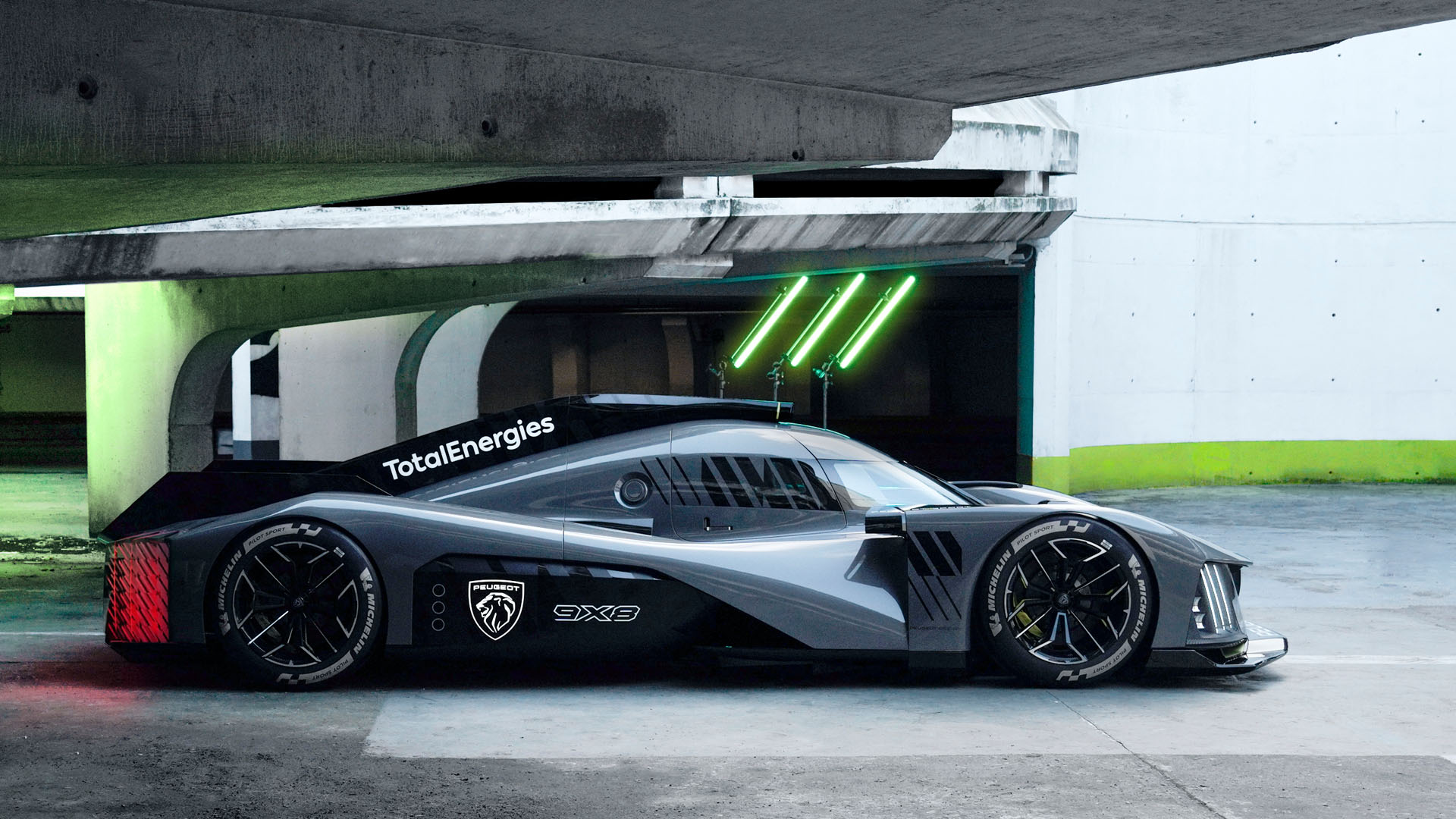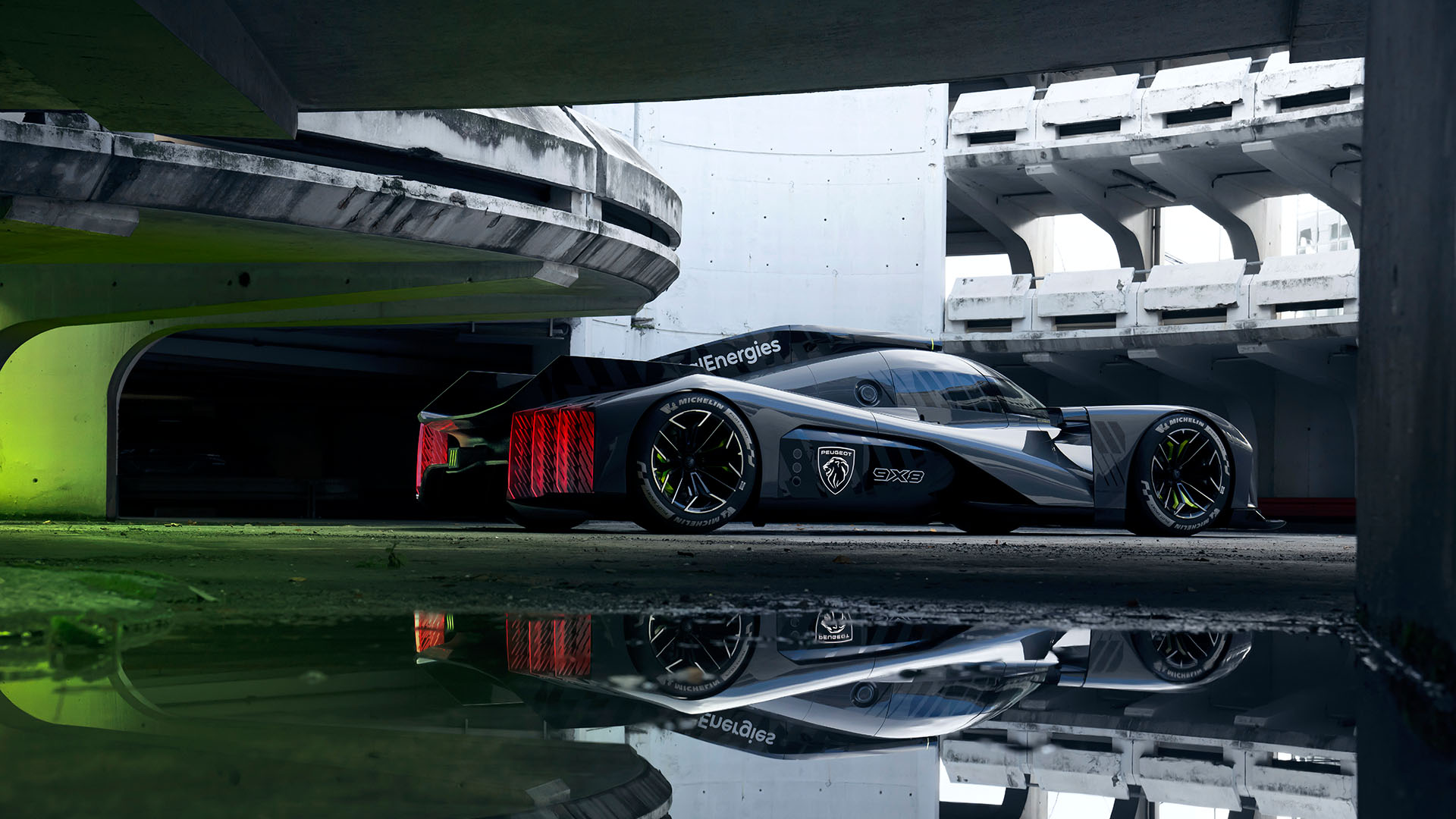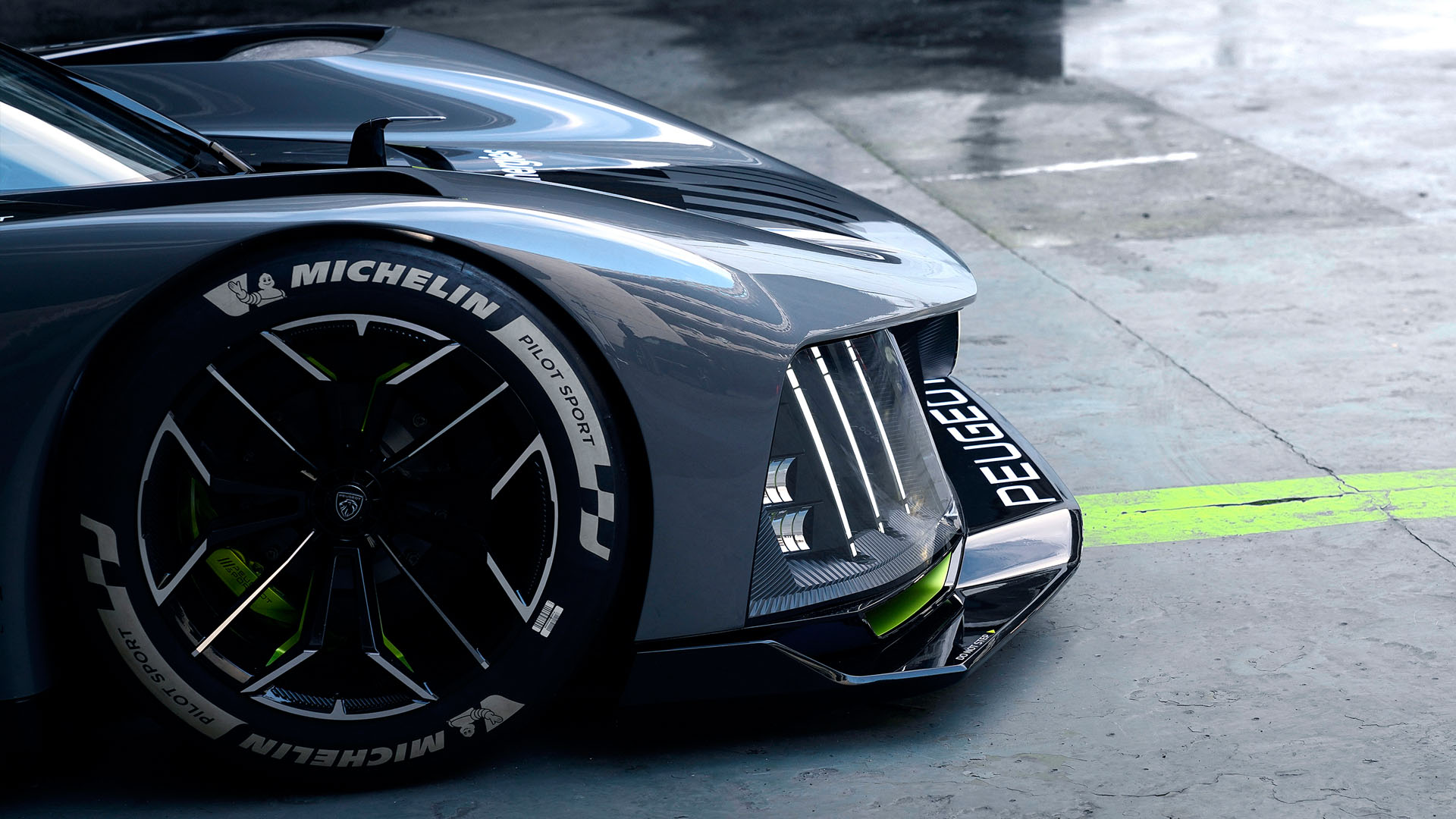Peugeot might not ring a bell for many people in the United States of America right now, but over in Europe they are one of the larger car manufacturers based in France, founded back in 1810, and while this make was actually imported into the USA since 1958, sales didn’t really catch on too much, and by 1990 they stopped sending Peugeot cars to the US. Just in case you are wondering how a classic Peugeot looks like, you only have to watch the detective series Columbo with Peter Falk, in which he drove a by now famous 1959 Peugeot 403 Cabriolet.
But things are about to change, thanks to the merger between PSA (which stands for Peugeot Société Anonyme, a group in France that comprised of Peugeot, Citroën, Opel, Vauxhall, and DS Automobiles) and FCA (for Fiat Chrysler Automobiles) which became Stellantis N.V., located in the Netherlands, we will now see the return of Peugeot cars on the United States market, including an official dealer network, from 2023 on.
But in 2022, we will already see a Peugeot on the track, their brand new 9X8 Hybrid Hypercar, a car created with the new Hypercar regulations (LMH) set by the Automobile Club de l’Ouest, the organizer of the 24 Hours of Le Mans, and the Fédération Internationale de l’Automobile (FIA) in mind, and she’s a beauty, adorned with the famous Peugeot Lion badge.
Let’s take a look at what Peugeot themselves have to say about their latest Hybrid Hypercar:
ULTIMATE
Designing a race car is the ultimate dream of every automotive designer. The likelihood of that dream ever coming true was, up until now, close to zero with Hossan’s work often limited to small details and the car’s livery. Previously, rather than the marque’s style and identity, performance was the prime consideration, so much so that race cars had become almost indistinguishable from one another.
For the PEUGEOT 9X8 Hybrid Hypercar, engineers and designers worked very closely together to achieve a convergence between style and technology to create a competition vehicle. “The level of discussion was absolutely unprecedented”, says Matthias Hossann, PEUGEOT Design Director. “We worked hand in hand with the PEUGEOT Sport team.”
“To identify the theme for our future race car, we first launched a competition between the designers. We received a lot of submissions as this project aroused massive enthusiasm, with the prospect of one day seeing our creation compete against the world’s most prestigious brands on the most historic tracks.”
“We developed the theme in collaboration with PEUGEOT Sport engineers and set to work. Guided by performance, for which no compromise was ever made, and under innovative regulations, the engineers left as much room as possible to allow the Hypercar’s designers freedom of creativity.” The PEUGEOT 9X8 was born with the DNA of the new Hypercar regulations (LMH) set by the Automobile Club de l’Ouest, the organiser of the 24 Hours of Le Mans, and the Fédération Internationale de l’Automobile (FIA). The new regulations, and the fundamental traits of PEUGEOT, mean that this car will stand as a milestone in the history of Endurance racing.
LION
The ultimate ambassador of PEUGEOT Design and an inspiration for future developments, it was the PEUGEOT 9X8 that first sported the new roaring Lion badge introduced in early 2021, prior to its appearance on the PEUGEOT 308. The badge will be found on all future PEUGEOT models.
“The technology of the PEUGEOT 9X8 is entirely a PEUGEOT Sport creation, and we had to show that in our design. Without any compromise on performance, we wanted to give it a unique attitude while keeping the streamlined body, which contrasts with the very geometric endurance cars of the previous generation,” explains Matthias Hossann.
Another distinctive sign of PEUGEOT’s expertise and style is evident in the 9X8’s cabin, which is based on the marque’s characteristic i-Cockpit concept. As with production models, the care taken with the interior design was matched only by the demanding level of requirements for the exterior. The entire cockpit of the PEUGEOT 9X8 was designed to provide the highest level of ergonomics and intuitiveness for drivers.
RUPTURE
The PEUGEOT 9X8 is a radical departure from previous generations of racing cars. “This 9X8 is a true milestone in motorsport,” said the drivers when they first saw it. “There will be a before and after PEUGEOT 9X8, and we will be lucky to have been part of it.”
“On the walls of the design studio where the PEUGEOT 9X8 was born, we had posted three key words: iconic, efficient, emotional,” says Matthias Hossann. “This way, the whole team embraced these concepts, regardless of each individual’s involvement across the various development stages. I had put the word ICONIC in everyone’s mind because I wanted a car that was both immediately recognizable and that marked a breakthrough, a fundamental generational shift.”
“Despite the quality of the many proposals that came out of our internal design competition, one was quickly established as the chosen theme. It broke the codes of the previous generation of endurance cars. The idea posited was that this would be less of a previous generation race car and more identifiable as a PEUGEOT. It needed to bring together more than just fans of motorsport, as this would be a sports car that could, in theory, be driven on the road as well as the race track.”
NO WING
The most striking feature of this concept, and one that for many sums it up, is the absence of a rear wing, which gives it its unique profile.
The rear wing first appeared in endurance racing at Le Mans in 1967 and has since become the prevailing standard. No car has won without a rear wing for over 50 years, in 1971, speaking to the audacity and inventiveness of the PEUGEOT designers and engineers.
When the PEUGEOT 9X8 was created, a huge amount of effort was put into the rear end. Following the original sketch of a somewhat pouncing car, a pointed cabin appeared, along with the very particular wrap that we see today over the rear wheel.
ELECTRIC
PEUGEOT has already won at Le Mans with two cars of two different generations: the 905 with a V10 petrol engine in 1992 and 1993, and the 908 with a V12 HDi-FAP engine in 2009. Once again, it is with the technology used that the PEUGEOT 9X8 marks the beginning of a new era. “Endurance racing is based on rules that allow us to demonstrate PEUGEOT’s expertise across all-electric power trains,”( explains Olivier Jansonnie, Technical Director for the project.
For its four-wheel-drive hybrid propulsion, the PEUGEOT 9X8 has certain similarities with several models in the PEUGEOT range, such as the PEUGEOT 3008 HYBRID or the PEUGEOT 508 Peugeot Sport Engineered. It combines a V6 2.6-liter twin-turbocharged 500 kW (680 HP) internal combustion engine at the rear with a 200 kW (270 HP) electric motor/generator in the front.
Olivier Jansonnie says, “With the 9X8, PEUGEOT is starting a new chapter in hybrid sports cars. Performance is becoming more electric and more virtuous, without sacrificing anything in terms of competitiveness.”
“We wanted to signify this technological and cultural shift with a new color signature, which we have called Kryptonite,” adds Matthias Hossann. “We had already launched it shortly before our Hybrid Hypercar 9X8 on our new series model, also a hybrid: the 508 PSE (Peugeot Sport Engineering). It shares its color and many technology features with the PEUGEOT 9X8. Within a few weeks of each other, both have brought the PEUGEOT brand into the era of electric high-performance.”
VIRTUAL
The PEUGEOT Design team also utilized cutting-edge technology, explains Matthias Hossann. “The designers’ work involves toing and froing between designs and 3D tools in order to include virtual reality visualization phases”.
To create the volumes, the designers used 3D tools and CAD (Computer-Aided Design). With this technology, it is also easy to share files with the engineering teams. Once the volumes are in place, then comes the virtual reality stage.
“A high point was reached when we showed the complete PEUGEOT 9X8 to the engineering team using a virtual reality headset. Olivier Jansonnie, the Technical Director, circled the car for quite a while with the headset on. His enthusiasm was crucial.”
NIGHT
“Our PEUGEOT Design team includes fans of the 24 Hours of Le Mans. Having been there as spectators, they know that at night, trackside, the cars have few distinctive signs. Some cars can be recognized by the sound of their engines, but in many places, the cars’ visual presence is mostly limited to bright lines fading away into the night.”
“To ensure that the PEUGEOT 9X8 is unlike any other and can be easily identified day and night by everyone, we added luminous components to our work on the silhouette. For the light signature, the three claws – present on all our current production cars – was the obvious choice. Integrating them into the design at the front was much easier than doing so at the rear. We’ve integrated the three light claws in separate composite components creating gaps through which air is extracted. We can’t wait to see their effect on the track.”
As the photographer of this series of images of the PEUGEOT 9X8, Agnieszka Doroszewicz immediately recognized the potential of the PEUGEOT 9X8’s light signatures: “We really wanted to spread our shoot over a long day, and extend it late into the night,” she says. “I was able to achieve a perfect evocation of the Le Mans 24 Hours in my photos. Daylight, artificial lighting and the bright illumination of the headlights combine with the powerful pattern of the car’s light claws. Of course, we are not in Le Mans at all, but it is the whole atmosphere of Le Mans that we have here.”













